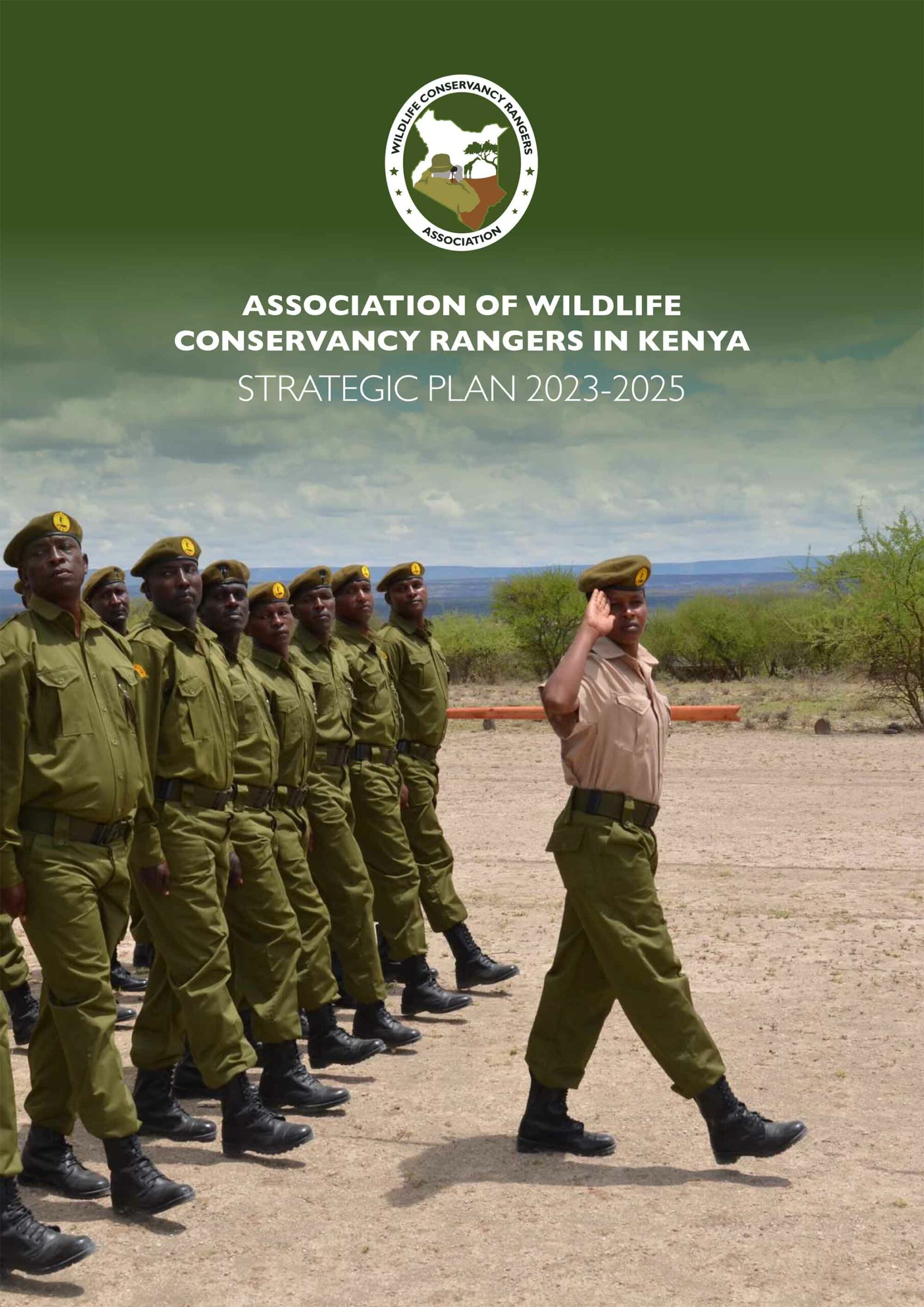
The world is facing a biodiversity crisis. Anthropogenic factors have resulted in a gradual decline in wildlife populations over the years, with alarming rates of species extinction. Biodiversity loss impacts the earth's wild ecosystems and the humans that depend on the environment for goods and services. Protected and conserved areas are core elements of global efforts to conserve biodiversity, ecosystem services, and associated cultural values. They are a cornerstone of the Aichi Biodiversity Targets (especially Target 11) and have a vital role in achieving the 2030 Sustainable Development Goals (SDGs), especially SDG 14
(Life Below Water) and SDG 15 (Life on Land). In Kenya, these efforts are supported under its Protected Area system comprising National Parks, National Reserves, Forest reserves and Sanctuaries. A decade ago conservancies were recognized under the Wildlife Conservation and Management Act of 2013, as additional conservation areas. This is because over 65% of Kenya’s wildlife is found outside state-protected areas thus providing critical dispersal and connectivity areas for survival.

Rangers play a critical role in conserving wild places and green spaces and the diversity of life they support. Without these environmental defenders, we would see more biodiversity loss and degradation of life sustaining ecosystem functions. Responsible rangers also help safeguard the rights of people whose lives and cultures are inseparable from nature. Rangers are women, men, government sta , community members, landowners, indigenous peoples, volunteers and more. Their work varies widely, both in scope and complexity: protecting wildlife, combating poaching and habitat destruction, guiding tourists, fighting fires, providing an early warning system for threats, collecting scientific data, and turning our conservation hopes into real change. In these ways, a healthy future for people depends on rangers, who can be viewed as the first responders of the planetary health service.
